No products in the cart.
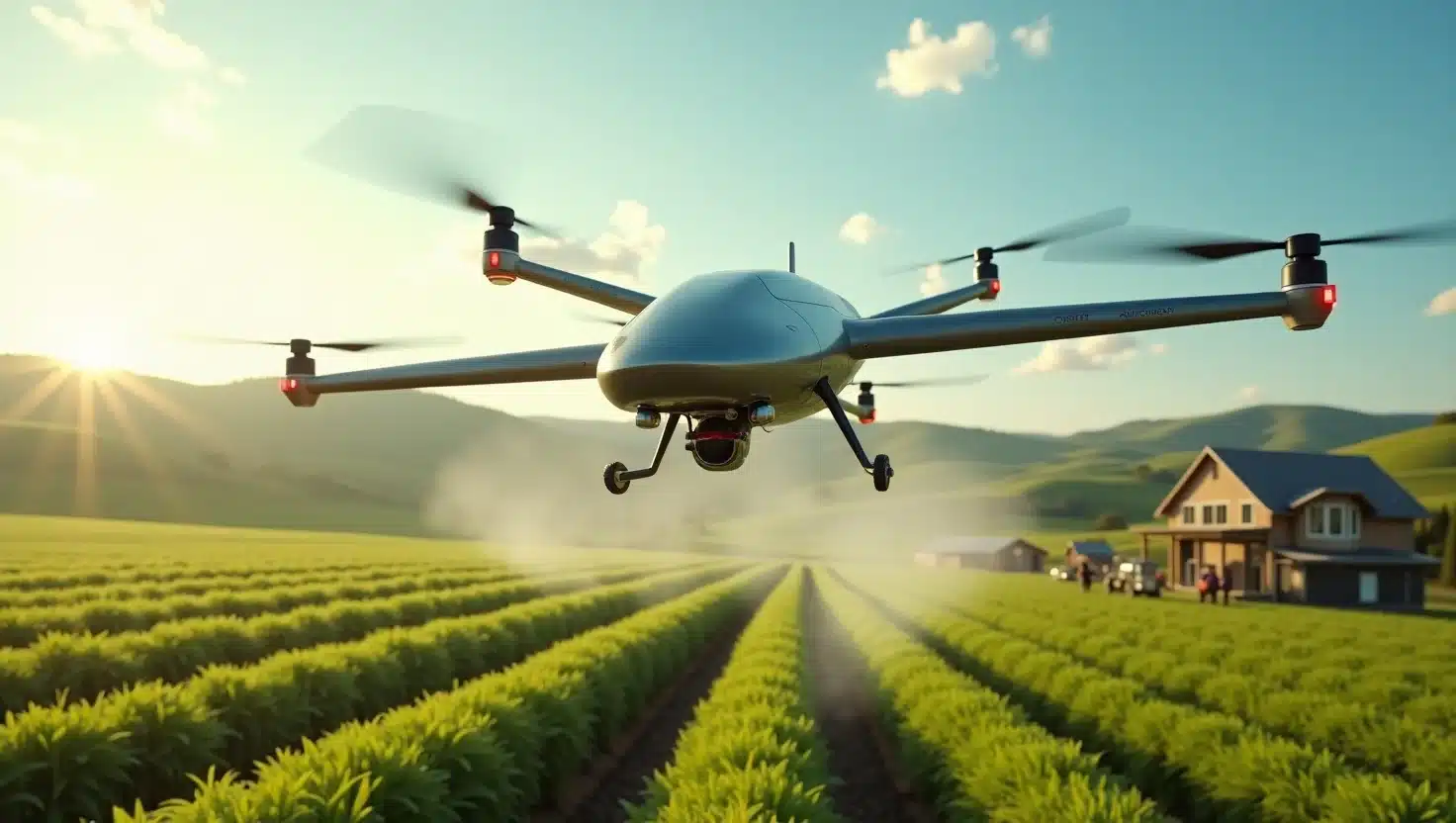
1. Introduction:
Farming has always been a race against time, pests, and unpredictable weather. But even with advanced machinery, many farmers still rely on outdated and inefficient spraying methods. These traditional techniques often lead to chemical wastage, poor crop coverage, and over-spraying, which not only harm the soil but also inflate production costs. According to recent studies, up to 30% of pesticides are wasted during manual spraying, directly impacting both yields and profits.
This is where AI-powered crop spraying drones step in. With the rise of precision farming, technology is now helping farmers spray smarter, not harder. These drones use smart spraying technology to deliver chemicals with pinpoint accuracy, minimizing waste and protecting the environment.
Farmers are beginning to ask, “How can we reduce spraying costs while improving efficiency?” The answer lies in combining automation with artificial intelligence. In this article, we’ll explore how drone-based spraying is transforming agriculture, analyze real-world success stories, and help you decide whether it’s time to make the switch.
2. The Problem in Focus – Agricultural Spraying Inefficiencies
Despite the rise of modern equipment, many farms still depend on manual or tractor-based spraying systems. These inefficient spraying methods are not only time-consuming but often result in uneven chemical distribution across fields. This can lead to overuse of chemicals, putting crops, soil, and even the surrounding environment at risk.
Manual spraying relies heavily on human judgment and weather conditions, both of which are unpredictable. Sprayers might miss pest-affected zones or over-apply pesticides in healthy areas, leading to low spraying accuracy and reduced crop quality. In hilly or irregular terrains, these issues are amplified, causing further complications in coverage.
Moreover, repeated use of chemicals in concentrated areas can result in crop damage, pesticide resistance, and long-term soil degradation. For small to mid-size farms, this means more losses and less sustainable farming practices. It’s no surprise that farmers are now seeking smarter alternatives that combine data, speed, and precision.
As the demand for sustainable farming rises, the shortcomings of traditional spraying are becoming more evident. And this sets the stage perfectly for the rise of AI-powered crop spraying drones, a solution that redefines what efficient spraying looks like.
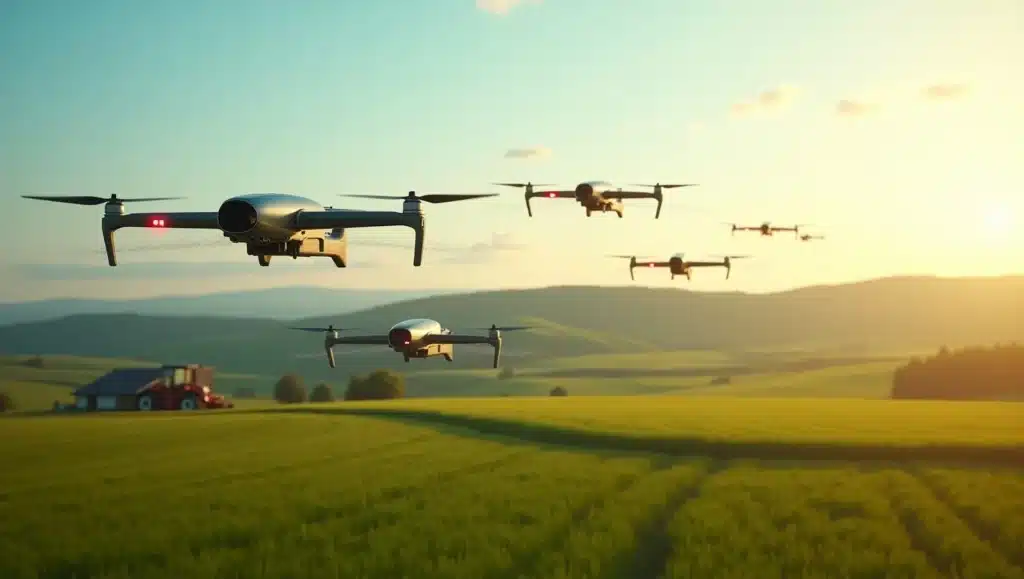
3. The Smart Solution – How AI-Powered Spraying Works
AI-powered drones in agriculture are changing the game by bringing automation, precision, and intelligence to the field. Unlike conventional methods, these drones rely on smart spraying technology powered by AI and machine learning to detect problem areas and apply pesticides only where needed.
Here’s how it works: Equipped with multispectral cameras, GPS, and onboard sensors, precision agriculture drones scan the field and analyze crop health in real time. Using this data, they generate flight paths and spraying plans with autonomous pesticide spraying capabilities. The drone’s system calculates how much chemical to apply and adjusts the spray based on crop density, height, and condition.
This approach significantly reduces chemical usage while increasing spraying accuracy. In some cases, farmers have reported up to 40% savings in pesticide costs and noticeable improvements in crop health. The drone crop spraying system also allows for coverage of hard-to-reach areas, steep slopes, and large fields without damaging plants.
By integrating data with flight automation, these drones offer a level of precision no human can match. This smart solution isn’t just about saving time, it’s about spraying responsibly, sustainably, and with results that speak for themselves.
4. Case Study – AI Drone Success in Real Farming
In 2024, a corn farm in Iowa decided to test the impact of AI-powered crop spraying drones on a 300-acre plot. Before the switch, the farm relied on tractor-mounted sprayers, which led to chemical overuse and uneven crop coverage. After adopting drone technology, specifically the DJI Agras T40 equipped with AI features, the results were impressive.
Using its advanced sensors and real-time field mapping, the drone adjusted spray amounts based on crop health and density. This alone led to a 30% reduction in pesticide use. The farm also saw a 20% increase in yield, thanks to more accurate and timely pest control. Labor costs were cut nearly in half, as the drone handled most of the workload autonomously.
From a financial perspective, the drone ROI farming equation added up quickly. The initial investment paid off within one growing season, with operational savings and higher returns. Additionally, environmental impact was minimized, less runoff, healthier soil, and improved biodiversity.
This case proves that precision farming results aren’t just theoretical. With the right tools and strategy, AI-powered drones can transform farming into a more efficient, profitable, and sustainable operation.
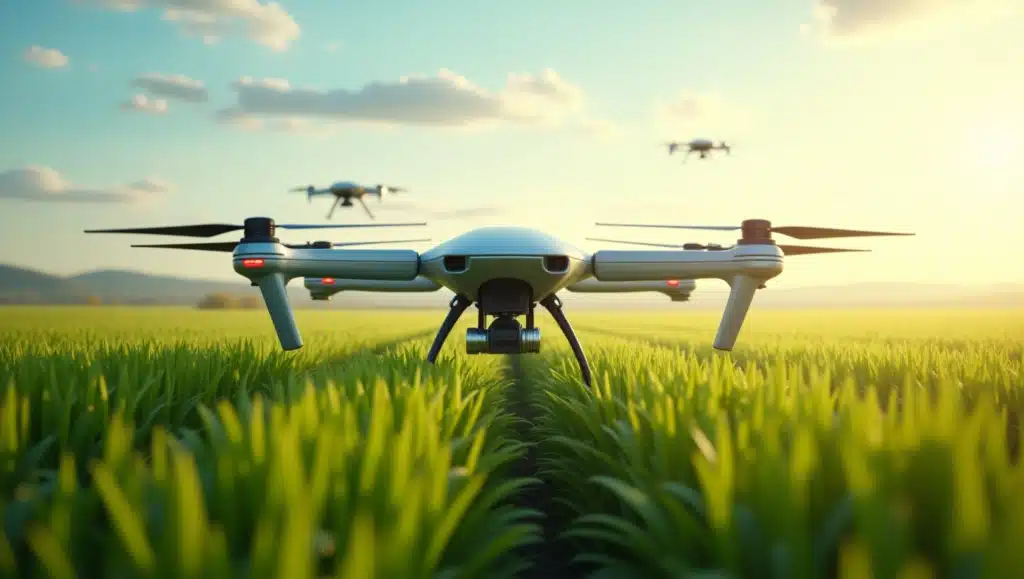
5. How to Choose the Right Drone for Your Farm
With so many options available, choosing the best AI drone for agriculture can feel overwhelming. But selecting the right drone is critical to maximizing results and ROI. Farmers must consider key spraying drone features that align with their crop types, field sizes, and goals.
Start with payload capacity, larger tanks reduce the need for frequent refills. Next, look at flight time and battery efficiency; longer endurance means more acres covered per charge. Drones like the DJI Agras T40 or XAG V40 offer extended range and intelligent flight planning for large-scale farms.
Equally important is the AI capability. Opt for models with multispectral sensors, terrain following, and real-time data analysis. These ensure adaptive spraying based on crop condition and elevation.
For quick decision-making, a crop spraying drone comparison chart is helpful, compare cost, spray width, speed, and software support side-by-side. New buyers should consult an agriculture drone buying guide or speak with certified dealers to understand local regulations and training requirements.
Making the right choice isn’t just about tech specs, it’s about finding a solution that fits your workflow, boosts productivity, and supports your long-term precision farming goals.
6. Regulatory & Operational Considerations
Before deploying AI-powered drones on your farm, it’s crucial to understand the drone spraying regulations that govern their use. These vary by country, and even by region, but all aim to ensure safety, responsible chemical use, and airspace management.
In the U.S., the FAA requirements for spraying drones include Part 107 certification for commercial drone operators and an additional exemption (Section 137) for aerial application. This means farmers or hired drone pilots must complete training and receive authorization before legally using drones for pesticide spraying.
Other countries have similar agricultural drone laws, often requiring pilots to pass knowledge tests and maintain records of flight paths and chemical use. Operators may also need liability insurance and drone registration, especially for models with larger payloads.
Equally important is drone pilot certification. Even with autonomous systems, a trained operator must oversee flight planning, emergency procedures, and weather monitoring.
Understanding these legal frameworks ensures legal use of drones in farming while avoiding penalties or service disruptions. Farmers are encouraged to consult local authorities or drone associations for guidance specific to their region.
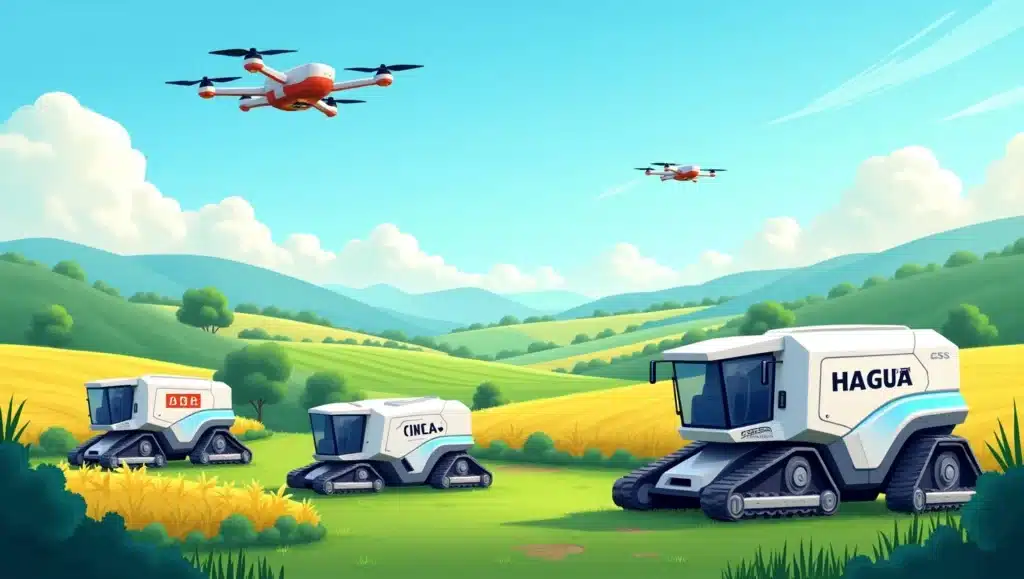
7. Looking Ahead – The Next Frontier in Precision Spraying
The rise of autonomous crop spraying is just the beginning. As AI continues to evolve, so too will the capabilities of drones in agriculture. Soon, these machines won’t just apply pesticides, they’ll detect crop diseases early, recommend treatment schedules, and integrate with farm-wide IoT networks for total automation.
The future of AI in agriculture includes drones powered by real-time satellite data and connected to predictive weather systems. Imagine drones that delay spraying due to approaching rain or optimize routes based on changing humidity levels. These are no longer science fiction, they’re part of the next generation of AI drone advancements.
We’re also seeing the convergence of AI with robotics and edge computing. New models will be able to process field data on-device, make instant decisions, and self-adjust mid-flight. For farmers, this means more yield, less waste, and total control over inputs.
As smart farming trends accelerate, adopting AI-powered crop spraying drones isn’t just an upgrade, it’s future-proofing your farm. Those who embrace this shift early will lead the way in efficient, data-driven agriculture.
8. Conclusion & Call to Action
The challenges of traditional crop spraying, high costs, wasted chemicals, and inconsistent coverage, are becoming outdated problems. Today’s farms need smarter, more sustainable approaches, and AI-powered crop spraying drones deliver exactly that. By combining precision, data, and automation, these tools offer measurable improvements in yield, cost savings, and environmental impact.
From identifying inefficiencies to exploring real-world success stories, we’ve seen how this technology is not just hype, it’s a vital piece of the precision agriculture tools landscape. As drones grow smarter and more accessible, farmers who adapt early will be better equipped for the evolving demands of agriculture.
If you’re looking to modernize your operation, reduce input costs, or simply make your spraying more accurate, it’s time to consider smart farming solutions. Start small, test a drone on a portion of your land, or consult experts to choose the best model for your needs.
Future-ready farming doesn’t require a complete overhaul. Sometimes, it just starts with one intelligent drone. So take the next step: explore the options, ask questions, and join the next wave of tech-savvy agriculture.
Frequently Asked Questions (FAQs)
Q1. Are AI-powered crop spraying drones safe for small farms?
Yes. Many models are specifically designed for small to mid-size farms, offering adjustable spraying options and easy controls that reduce chemical waste and increase efficiency.
Q2. How much do AI spraying drones cost?
Prices vary based on features and payload capacity. Entry-level models start around $5,000, while advanced AI-integrated drones can cost $15,000 or more. However, most farmers report a high return on investment within the first year.
Q3. Do I need a license to operate a spraying drone?
In most countries, yes. In the U.S., you’ll need an FAA Part 107 certification and possibly a Section 137 exemption. Always check local regulations before flying.
Q4. What crops benefit most from drone spraying?
Drones work well with row crops like corn, soybeans, and cotton, as well as specialty crops like grapes, tea, and even orchards, thanks to terrain mapping capabilities.
Q5. Can drones help reduce pesticide usage?
Absolutely. AI-powered drones can detect and treat only infected areas, reducing overall chemical usage by up to 30, 40% while improving crop health.
Related Articles
Crop Management
Can AI Predict Market Prices for Farmers? Here’s What You Need to Know
1. Introduction: Agricultural markets are notoriously unpredictable. One season, a bumper crop...
Crop Management
Top AI Farming Startups in the U.S. to Watch in 2025
1. Introduction: Farming in the United States is undergoing a seismic shift,...
Crop Management
Top 5 Ways U.S. Farmers Are Using AI Drones to Boost Yields in 2025
1. Introduction: In 2025, the American agricultural landscape is undergoing a transformation...
Crop Management
Why More American Farmers Are Adopting AI in 2025
1. Introduction: In 2025, the American agricultural landscape is undergoing a rapid...
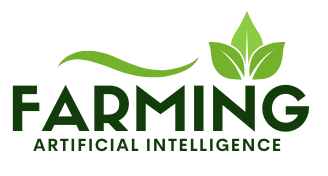
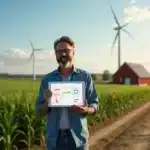
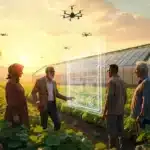
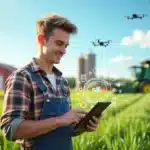

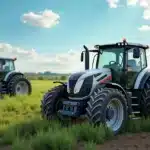

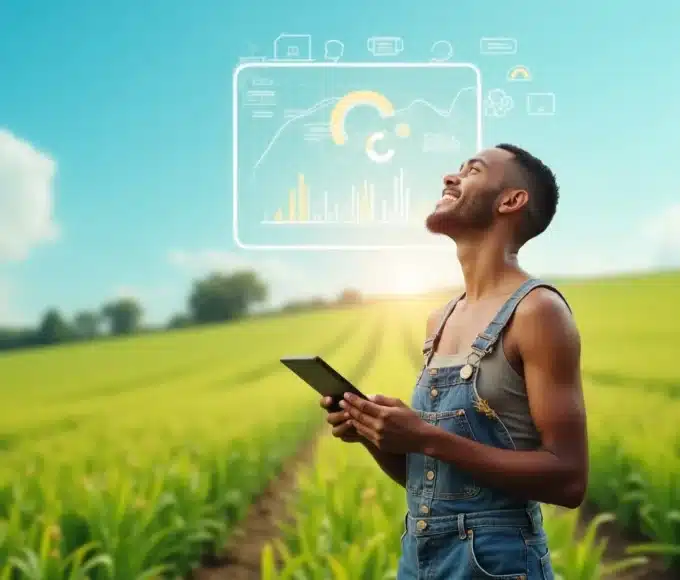
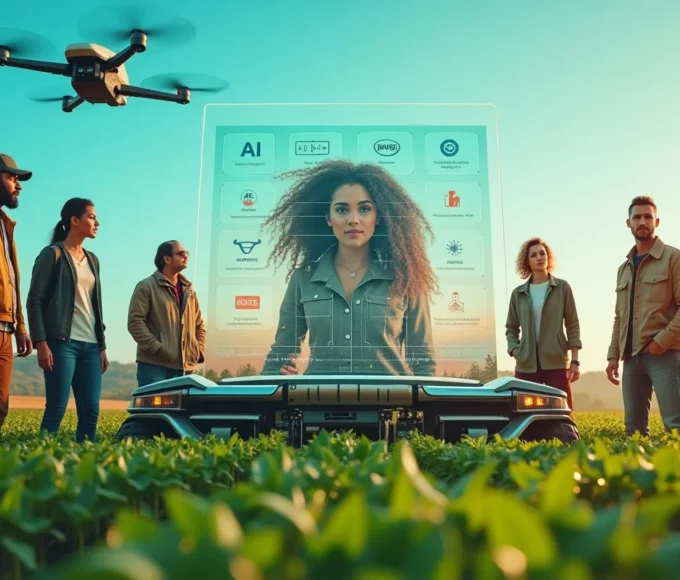
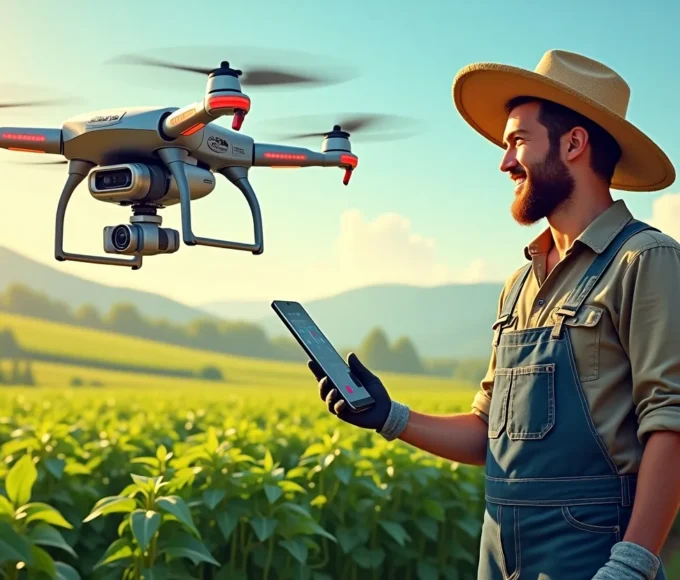
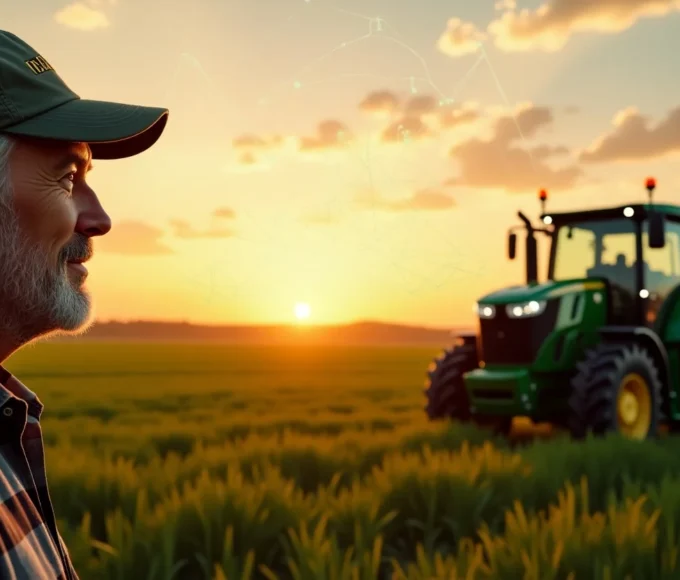
Leave a comment